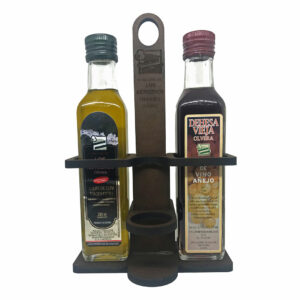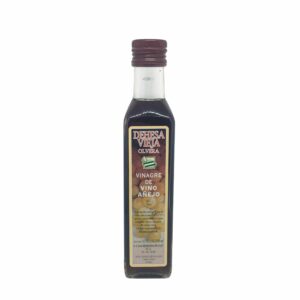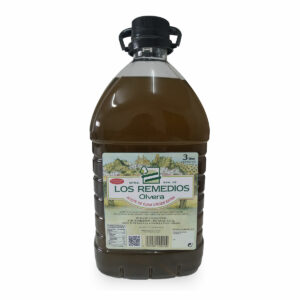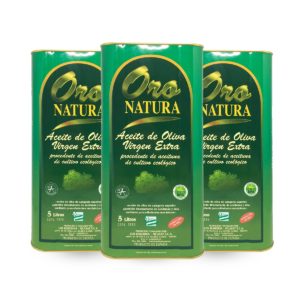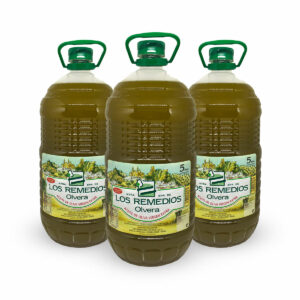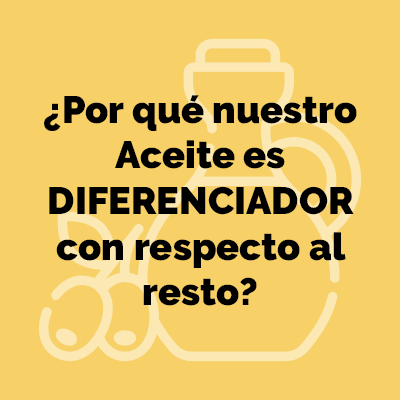PRICE DIFFERENCES BETWEEN OIL CATEGORIES ARE IMPORTANT
With an olive harvesting season almost closed at the National level, we verify that, despite increased production obtained last year, having lower stocks at the beginning of this campaign has allowed us to have volumes of oil similar to those of the previous year. This, coupled with water stress derived from lack of rain in olive groves, has caused oil prices to remain above the 3 € / kg and origen.
This prices, compared to those existing in previous campaigns, that barely exceeded the 2 €, are a relief to the farmer, especially when production costs in our area, with mountain olive groves in dry land, haunt the 2,30-2,50 € / kg of oil produced. However, not all oils are priced the same. Always, and especially in times of oversupply or excess production, there is a significant price gap between Extra Virgin oils and Virgin Oils. It should be remembered the difference between the two categories:
Extra Virgin Olive Oil is synonymous with the highest quality. It is one that preserves all its sensory characteristics and health properties intact, being the juice of healthy olives with an irreproachable taste and smell, flawless. If the oil is detected, even if it is barely perceptible, any aroma or flavor that belongs to the category of defects (vinegary, rushed, rancid, humidity…) It must be marketed under the Virgin Olive Oil label, with the consequent loss of value associated.
In the spirit of obtaining top quality oils, with a higher price in the markets, an effort must be made throughout the production and transformation chain. For this, it is essential to obtain healthy olives in the field, that when grinding them give as a result and in their greater proportion Extra Virgin olive oils. Anything that means producing chopped olives, soapy,... or mishandling the fruit, How is it not to take them daily to the Cooperative, go against the quality and therefore the price received for the oils obtained. The price differences between the two oil categories are important, being its impact on the kg of olive of several cents, depending on the year, which is certainly not negligible.
In this past campaign, the Cooperative has carried out acidity analysis on all samples received, observing mean values higher than normal for healthy olives, whose acidity could be around 0,2-0,4. The fruit that has gone bad (rushed, mixed with soil, very choppy, with the presence of soapy olives ...) and that can affect the quality of the oil obtained, has separated in the reception of the oil mill, not being diverted to the ground but to a second category of flight: faulty flight.
The number of defective items found leads us to request a greater effort to avoid practices such as leaving the olives already harvested in the field for several days, with its consequent fermentations and atroje. Greater control of olive grove treatments is also necessary., that minimizes the presence of soapy olives, chopped olive ...
This topic, due to the special relevance it has on quality, and therefore in the prices obtained for the oils, it will continue to be dealt with in future newsletters and will soon be the subject of an Informative Day, in which this and other matters related to the olive grove are explained.

